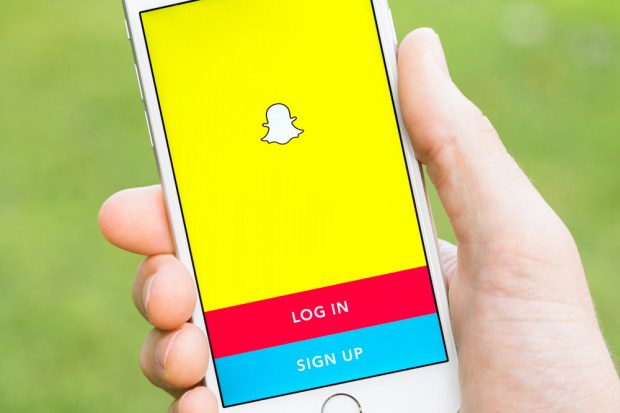SNAP Stocks Drop To IPO Price Of $17 After Lackluster Quarter

Fame is a fickle friend, and it seems that Snapchat may have reached the end of its run, if investor confidence is any measuring stick. Parent company Snap, Inc. saw shares dip back down to an IPO price of $17.00 after a brief surge to $29.44 that followed Snap’s market debut in March.
Snap’s IPO was popular among millennial investors and recently traded at nearly 21 times expected revenue. (By comparison, Facebook’s revenue multiple is 11.6).
But in May, Snap’s first quarterly report as a public company showed declining revenue expansion in line with slowing user growth. Although revenue soared, the user base only increased by 5 percent. Global Snapchat downloads fell by 22 percent year over year, by almost double that on Apple’s iOS.
Snap, Inc. warned that it may never become profitable. That, combined with the company’s high valuation, caused many on Wall Street to retract the optimism they’d showed three months earlier. SNAP stock took an 18 percent hit after the report.
Snapchat appeals to users under 30 who enjoy adding funny filters to photos — see: puppy tongues, deer eyes, flower crowns and barfing rainbows — to share with friends before vanishing forever. Businesses have also used it in some pretty creative ways, helping them appeal to that younger demographic.
But Snapchat has been unable to keep much of a lead over competitors. Facebook’s Instagram has been copycatting new features almost as fast as Snapchat can innovate them. Instagram added Snapchat-style Stories last summer, and Microsoft now lets users create Stories on Skype, as well.
If people can get the same functionality from Instagram or Skype — apps they’re already using — then why would they bother downloading a separate app? Just so their pictures and videos can disappear?
The answer: they won’t. Two hundred million Instagram subscribers are using Stories, compared to just 166 million on Snapchat, the platform that created the feature.
Wall Street is also skeptical about the inherent growth cap posed by the platform’s exclusive appeal to younger users. At this stage of Facebook’s development, the platform was able to go mainstream. That’s not going to happen for Snapchat.
“Some of Snap, Inc’s required user growth is going to have to come from Facebook in particular,” said Vince Martin of InvestorPlace. “That doesn’t necessarily mean users have to leave Facebook, but they need to join Snapchat. And if Facebook, in particular, can keep those users by offering Snapchat-like features, suddenly Snap, Inc’s addressable market looks much, much smaller.”
Snap, Inc CEO Evan Spiegel highlighted some of the positives: quality improvements, particularly on Android, increased engagement in the first quarter, with over three billion Snaps created every day. That led to an uptick in sessions and time spent.
New users coming from Android devices more than doubled compared to the previous quarter, and Android improvements drove global growth beyond North American and European markets.
The platform also added a machine learning-based search function, which compiles and surfaces Stories about anything that might pique a user’s interest.
Finally, automating its advertising business enabled Snap Ad to deliver 20 percent more impressions, offer better pricing to advertisers, and tailor ads more closely by user to generate more money per impression.
“Overall, I feel we have executed well on our priorities for this quarter, performance, quality and automation,” said Spiegel. “Our progress this quarter should provide a strong foundation as we continue to build our business.”
Wall Street wasn’t convinced. Nomura analyst Anthony DiClemente lowered his revenue estimates and rated SNAP stock “reduce,” with a price target of $14. JPMorgan Chase revised second quarter user gain predictions from 10 million to eight million and reduced the price target on SNAP stock from $20 to $18.
InvestorPlace offers more neutral advice: wait. The lockup on IPO investors expires at the end of July, and those investors will be free to sell their shares, increasing the supply by 1.2 billion shares. Furthermore, Snap’s valuation is still at 43 times earnings, demonstrating that investors are still banking on success.
